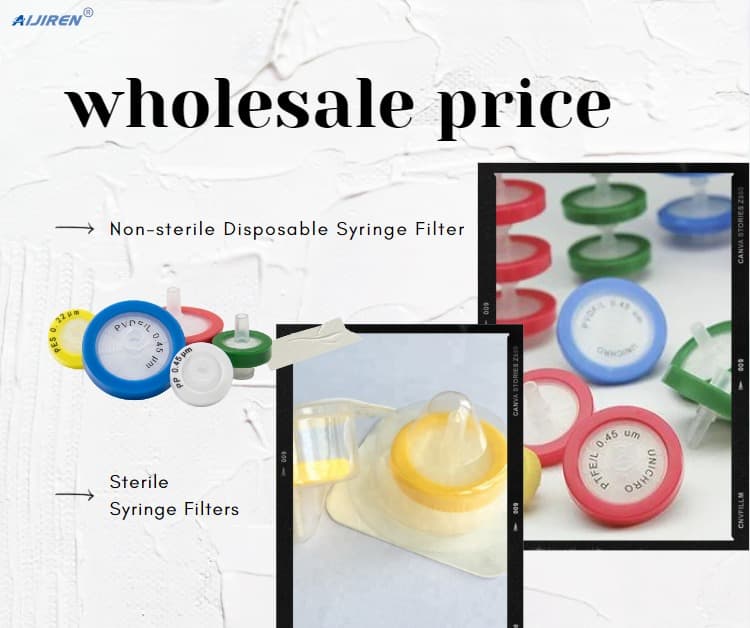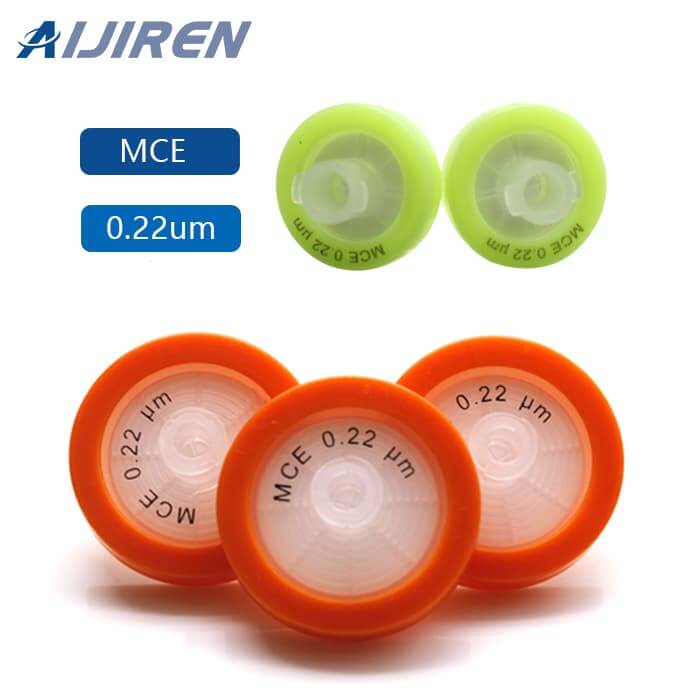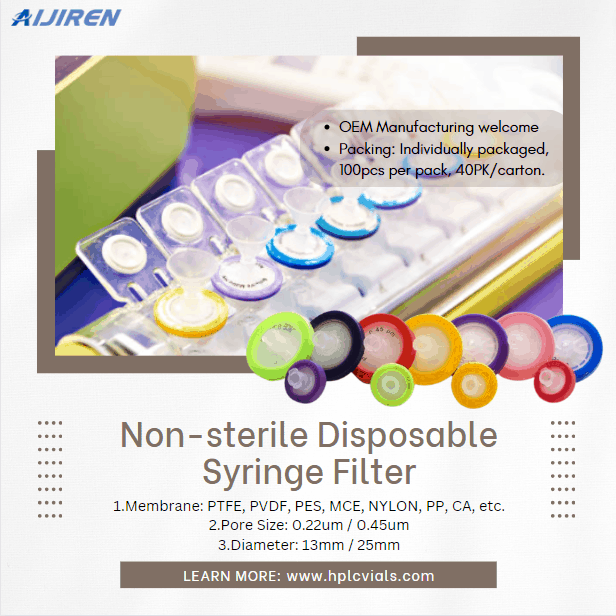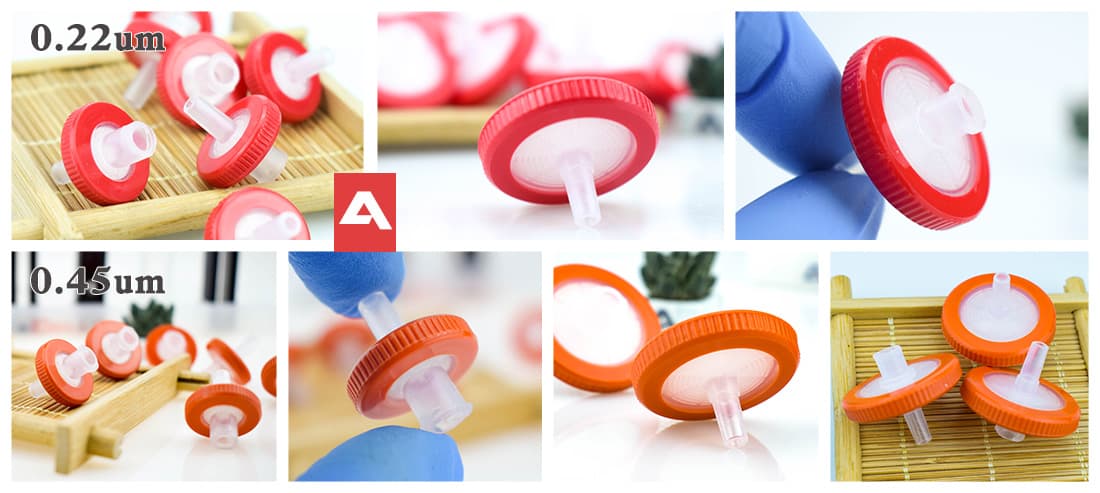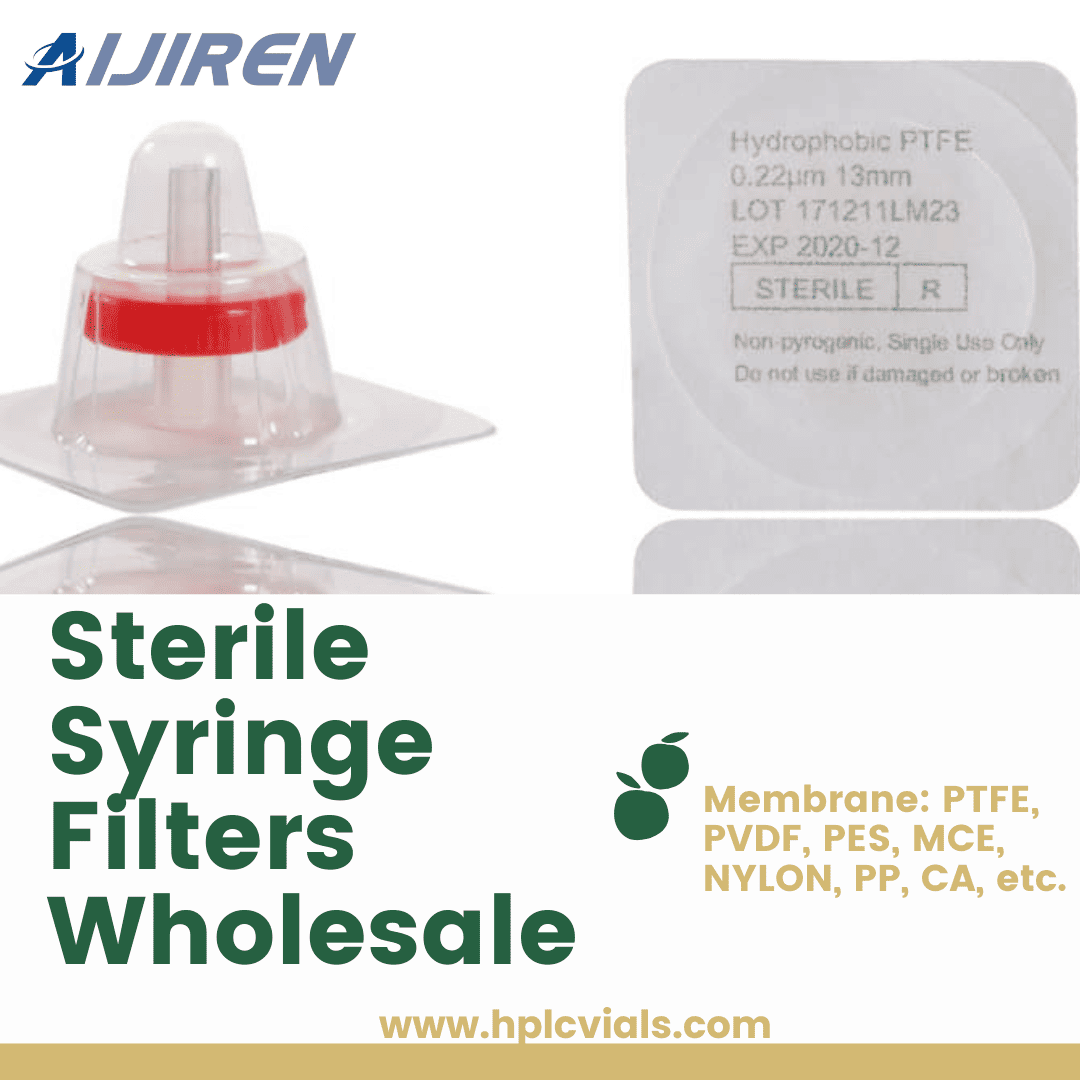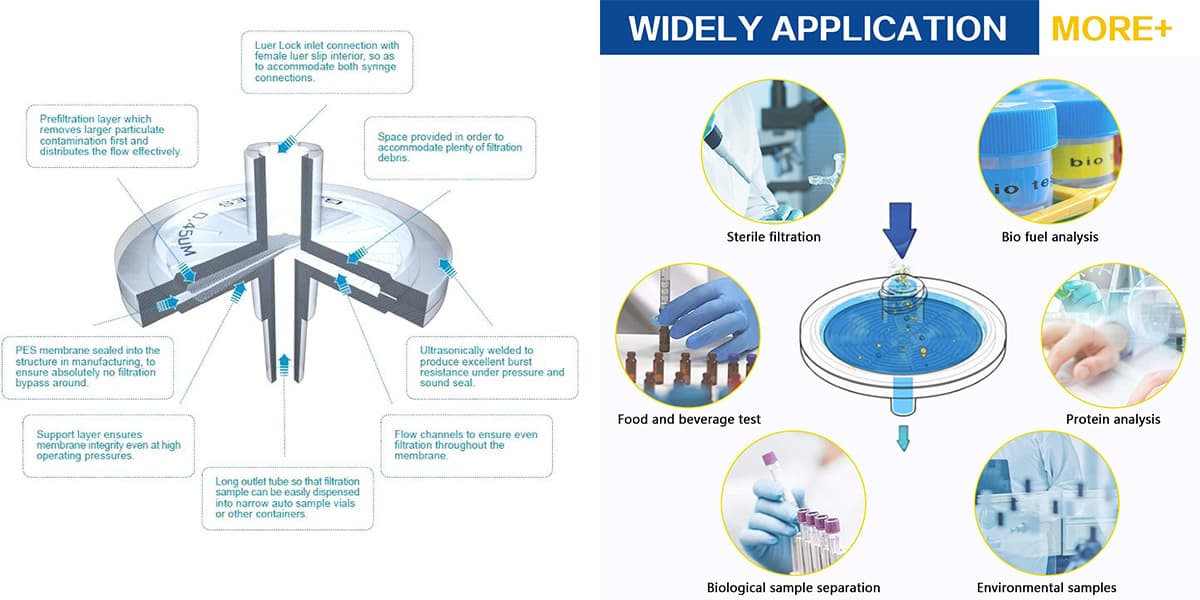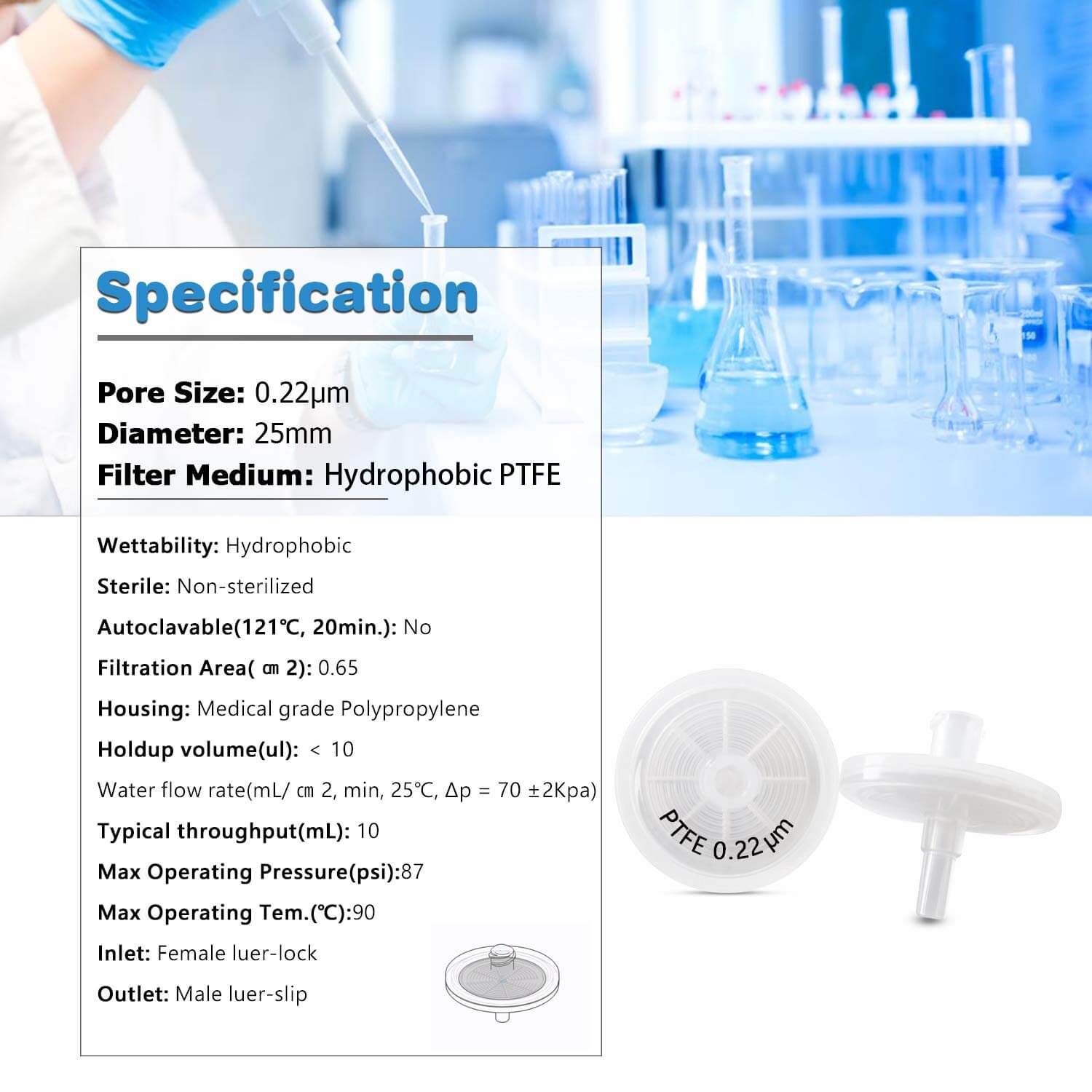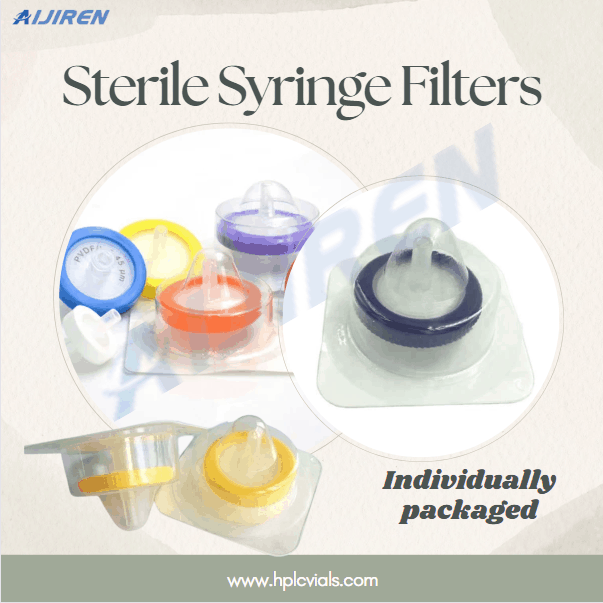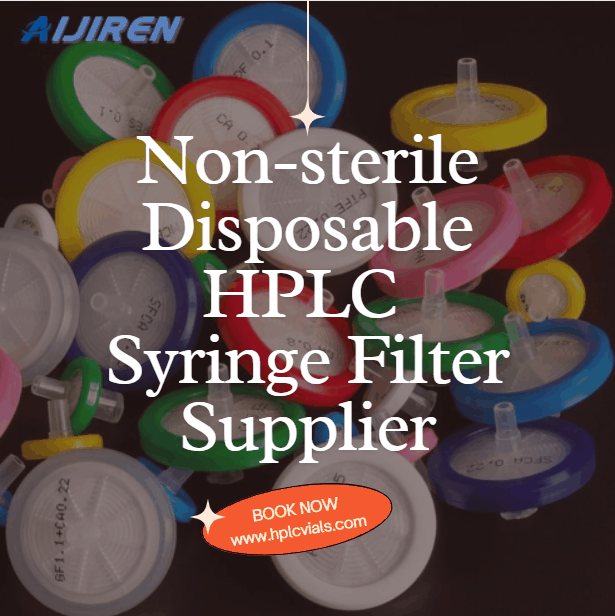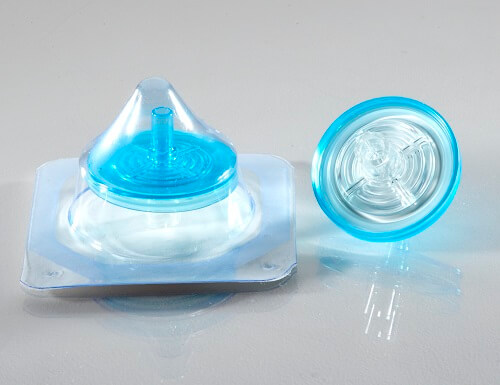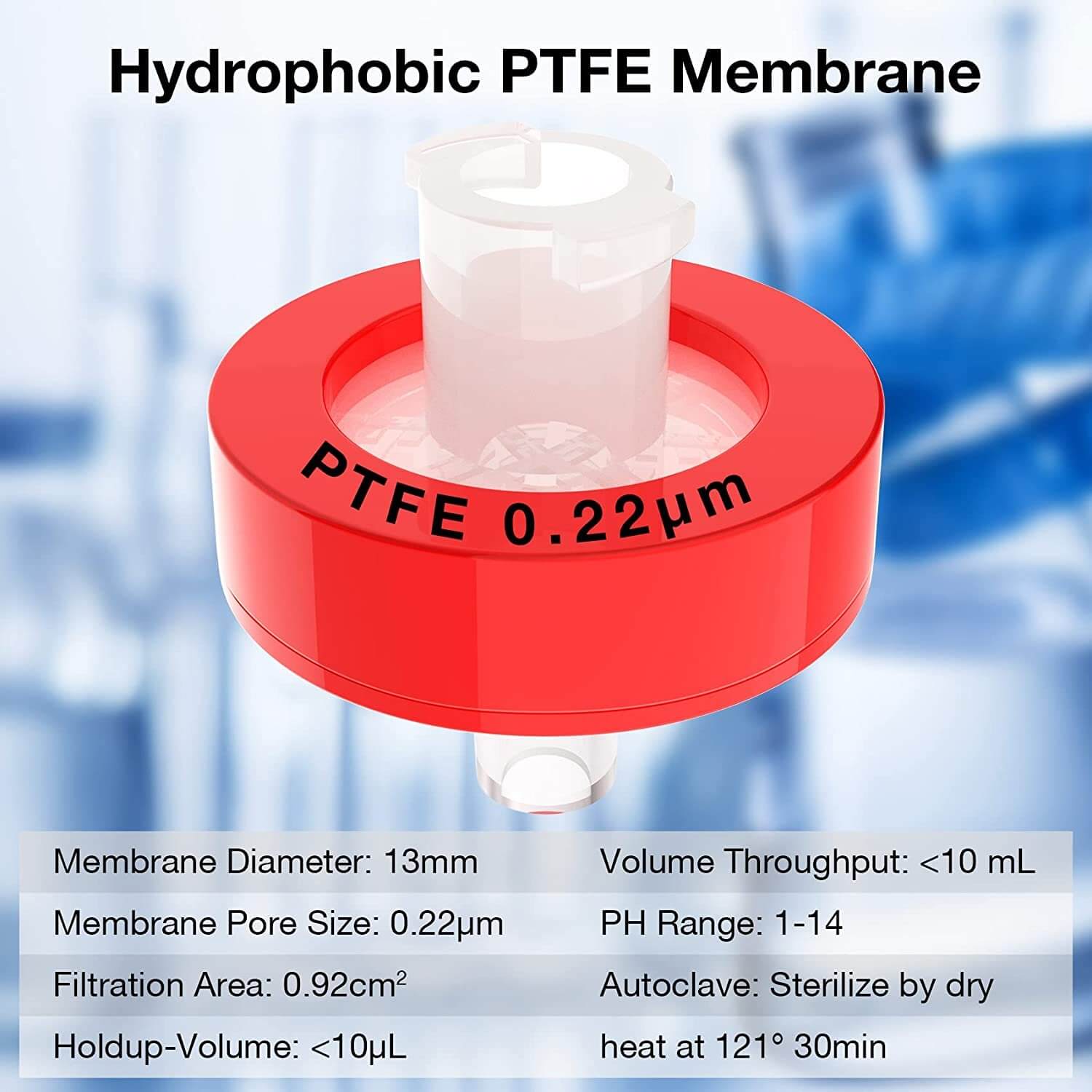Syringe Filters vs. Membrane Filters
In the realm of laboratory filtration, choosing the right filter is crucial for ensuring sample integrity and achieving accurate results. Two commonly used types of filters are syringe filters and membrane filters. While they serve similar purposes, understanding their differences can help you select the best option for your specific application.
1️⃣ Design and Functionality
Syringe Filters: These are compact, single-use devices that consist of a filter membrane housed within a plastic casing. They are designed to be attached directly to a syringe, allowing for easy filtration of small sample volumes. Syringe filters are ideal for applications requiring quick and efficient removal of particulates before analysis, particularly in HPLC and other sensitive techniques.
Membrane Filters: Typically larger and available in various configurations (such as disc or capsule form), membrane filters are designed for a broader range of applications. They can be used in both liquid and gas filtration processes and often serve as standalone filtration units.
2️⃣ Material Variability
Syringe Filters: Available in multiple membrane materials, including nylon, PTFE, PES, and cellulose acetate, syringe filters allow for tailored filtration based on chemical compatibility and particle size requirements. This versatility makes them suitable for various applications, including biological samples and organic solvents.
Membrane Filters: Also made from diverse materials, membrane filters can be selected based on specific needs such as hydrophilicity or hydrophobicity. They are often used in larger-scale applications where high throughput is necessary.
3️⃣ Applications
Syringe Filters: Best suited for small volume samples (typically 1-100 mL), they are commonly used in analytical labs for preparing samples prior to chromatography or microscopy.
Membrane Filters: Ideal for larger volumes and industrial applications, they are frequently employed in water treatment, pharmaceuticals, and food processing.
Conclusion
Choosing between syringe filters and membrane filters depends on your specific needs regarding sample size, material compatibility, and application type. By understanding the key differences between these filtration methods, you can optimize your laboratory processes and ensure reliable results.


